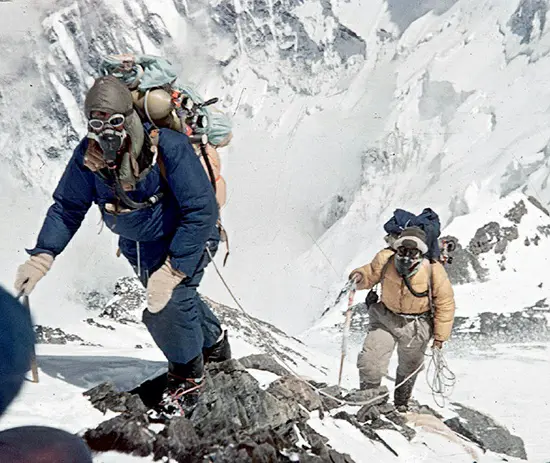The historic ascent of Mount Everest by Edmund Hillary and Tenzing Norgay in 1953 stands as a monumental achievement in the annals of mountaineering. Everest, with its daunting elevation of over 29,000 feet, had long been an insurmountable challenge, defeating numerous expeditions since the 1920s, including British climber George Mallory, known for his famous quote, “Because it’s there.”
The successful 1953 British expedition broke this pattern, with Hillary, a New Zealander, and Norgay, a Nepalese Sherpa guide, reaching the summit on May 29. Their success was a culmination of team effort, previous trailblazing expeditions, and technological advancements, such as improved oxygen-supply systems. Norgay’s experience from a prior Swiss expedition in 1952 also played a crucial role.
This triumphant moment brought global fame to Hillary and Norgay. The expedition’s strategic incremental approach, involving the establishment of multiple camps at increasing elevations, was pivotal to their success. Hillary was knighted, and Norgay received high honors from the British and Indian governments, while their entire team was celebrated for their collective efforts.
As of the end of 2017, Everest has seen over 4,800 summiteers, but the challenges and risks remain significant, with nearly 300 fatalities. The increasing number of ascents has raised concerns over environmental impacts and the well-being of local guides, prompting discussions on regulating future climbs.

